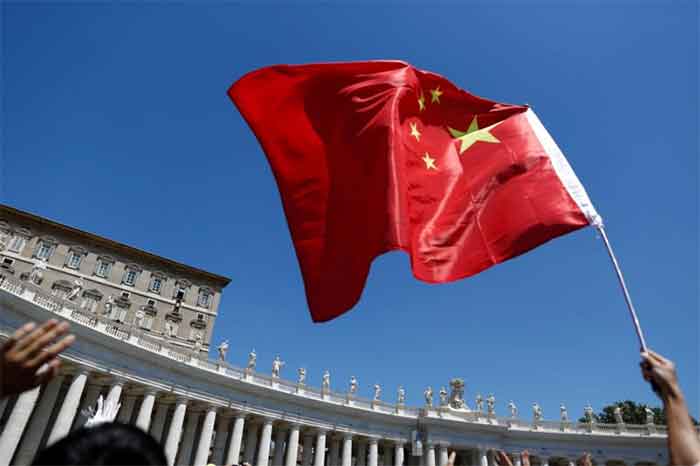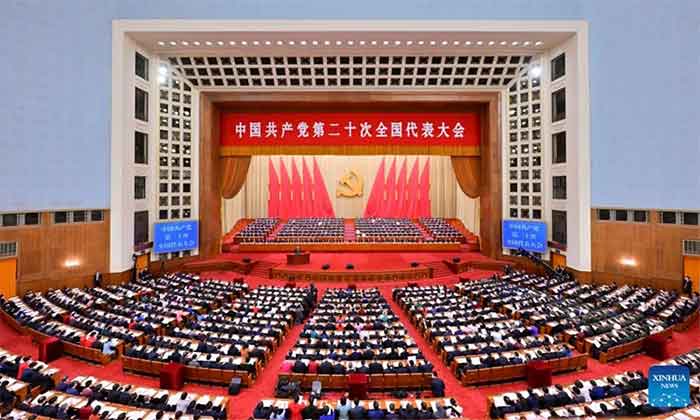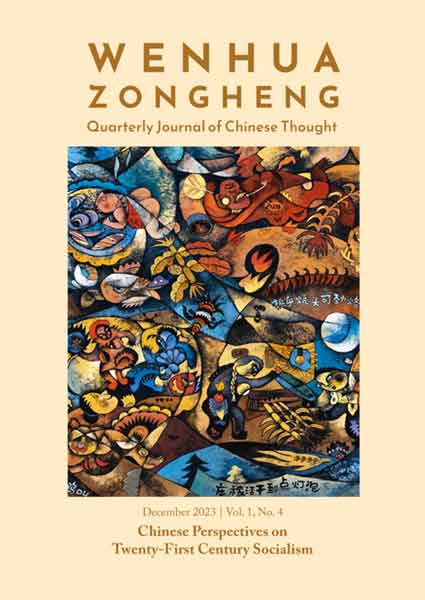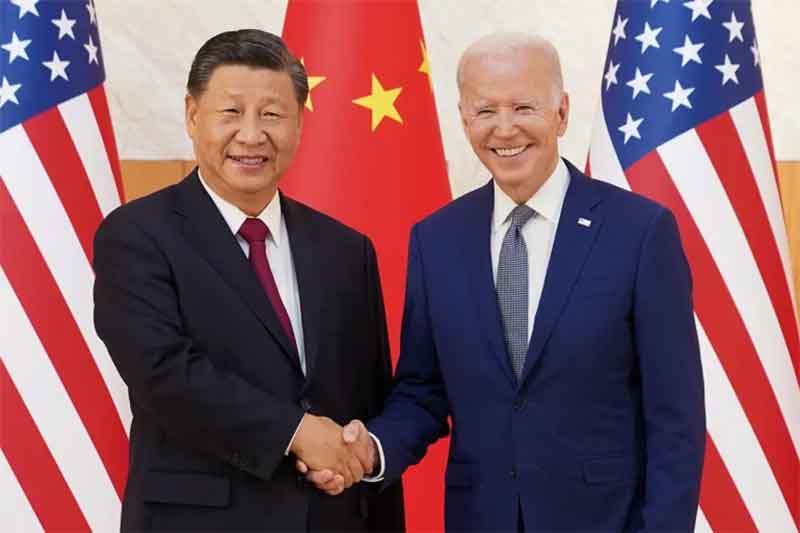
China has been the hot topic of discussion in the foreign policy corridors of most of the countries. Some have termed its policies as expansionist some are critical of its trade policies and human rights. At the same time, to some, it is an all-weather ally. China recently thrashed nearly all countries that have criticized its handling of Covid19, sending warplanes in Taiwan strait, clashes with India, problems with Canada regarding Huawei, and heavy handling of protesters in Hong Kong. With these events, China has been a source of anxiety and cause of exhaustive strategic thinking for the diplomatic community worldwide. It has been an often-deliberated topic as to what precisely guides the Chinese foreign policy. It also allows us to examine Chinese foreign policy from a historical as well as present perspective.
Historical perspective
In 1949, the Chinese communists won a nation-wide civil war, which ultimately changed the Republic of China (ROC) to the People’s Republic of China (PRC). The nationalist government had to find a place in Taiwan. With Mao being in charge next ten years saw close cooperation, in fact, an alliance with the Soviet Union in International affairs. Their cooperation was visible in a formidable way during the Korean war. Beijing’s hostility toward the U.S. and Washington’s reciprocation intensified the Cold War in the region.
Later Deng Xiaoping took an unprecedented course where successful reforms were done to provide openness for a capitalistic international economy along with the continued one-party rule of the Communist party. The new thought process, namely “Marxism-Leninism-Mao Zedongism,” was still the foundation of new China. Later the relations between China and USSR deteriorated soon after when Khruschev was in power in USSR, who, according to Chinese leadership, had adopted a policy of “blow hot blow cold’ towards the west. Later on, with President Nixon’s visit to Beijing, ties between the U.S. and China went for betterment.
It is essential to understand the foreign policy objectives as per the Chinese communist party (CCP) to accurately gauge China’s relation with the outside world.CCP foreign policy edifice rest on adhering to ideological principles while being flexible. After 1980 it drifted in being more ideologically flexible while opening internationally in a robust manner. As per Evan Medeiros, China’s foreign policy objectives primarily are economic development, access to natural resources, and reducing Taiwan’s acceptability.
Current Scenario
China has started to open to the outside world in all directions and at all levels. Many new methods were employed to exercise its influence on other nations. The primary aim being of robust economic development and sustainable growth. Challenged security would require China to divert resources away from economic reform, resulting in reduced growth in the long run. Hence, unlike other nations who got independence around the same time, China has succeeded in developing its military muscle along with the economy. Foreign policy initiatives supported by military muscle has stabilized its regional security to address both old and emerging threats.
An essential pillar for today’s foreign policy of China is to expand access to trade, aid, investment, resources, and technology. This may require the creation of blocs, infrastructure development, and maintenance of bilateral political relationships. One of the many examples is OBOR (One belt, One Road) initiative. In 2013, President Xi Jinping introduced the ‘One Belt, One Road’ (OBOR) initiative, which focuses on bringing together China, Asia, Russia, and Europe. It will also link China with the Persian Gulf and the Mediterranean Sea through Central Asia and West Asia.
Another important aspect is the “feel-good factor,” incorporated by the Chinese leadership in the late ’90s. They realized that their Asian neighbors had become apprehensive of their intention. It started when China expressed willingness to pursue disputed territorial claims such as those in the South China Sea and Taiwan. Rising Chinese economic and military power created anxieties for neighbors and around the world as well. This prompted the Chinese establishment to portray itself as a responsible regional power that would contribute to its neighbor’s growth and prosperity. This prompted many countries to avail Chinese help in terms of finance and expertise. This made many more countries join OBOR(“One belt and One Road”) initiative.
It was important for China to maintain easy access to natural resources worldwide to fuel its continued economic growth. It included not only hydrocarbon but also copper, wood, and cement. According to projections, China’s demand for most of these resources is expected to grow significantly in the next 20 years. It has also prompted new warmth in China’s relationship with the middle east and many mineral-rich African and Latin American countries. This increased vigor in the relationship, which ultimately resulted in blocs, is the cause of worry for other countries with whom China often has trade disputes and competition.
Internationally China often puts “dollar diplomacy “ to work to bring about desired foreign policy results. Many experts have quoted that aid packages have often been used to deny Taiwan any international space or standing to make it inclined towards Beijing. It worked well with many African and Latin American countries. The best examples can be Costa Rica and Paraguay.
As per press reports, China has built Iran’s port at Chabahar, which is critical for a pipeline project that can challenge the efforts to ban Iran exports. China has also made $400 billion in investments to upgrade Iran’s oil sector, which would significantly boost its economy. As per reports, the Chinese presence also keeps an eye on strategic movements around the middle east. It now also has control of Hambantota port in Sri Lanka for the next 99 years, putting it at a strategic advantage in the Indian Ocean.
As per the New York Times report, around 35 ports worldwide have been financed by China. They are in Africa, many in Asia, Europe, and even in Australia. Chinese investments often come on easier terms compared to western donors.
With so much influence of China worldwide, it will be worthwhile to deal with China only after taking allies and creating a united front. U.S. administration had been trying to do it by taking Japan, Australia, and even India (to some extent) together. China is expected to be more friendly and reasonable once it has to deal with a combined front that makes more than half of the world’s economy.
Although it will be difficult to find allies as there are vested interests involved in Western countries considering China’s massive role in global manufacturing and international affairs. Without a coherent approach, western democracies will be finding it extremely difficult to get the desired results with China.
Nadeem Khan is an Author and speaker from Toronto
IF YOU LIKED THE ARTICLE SUPPORT PEOPLE’S JOURNALISM














































